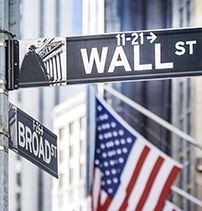Summary
With a spending authority of $521 billion before June 30th, the Small Business Paycheck Protection Program (PPP) accounts for nearly one fourth of the $2 trillion CARES Act. Its purpose was to subsidize businesses with fewer than 500 employees so they could limit layoffs and pay benefits. However, as this paper highlights, less attention has been paid to the large PPP payments to banks that merely brokered the government awards to these businesses, garnering large service payments with no risk. In fact, PPP has provided more than $21 billion to the banking sector, including $3.6 billion to the nation’s ten largest banks. For their minimal role of verifying the application paperwork and confirming that receipts fall into eligible spending categories -- activity with no risk -- the banks collect a fee based on loan value. Loans up to $350,000 generate a fee of 5% (up to $17,500 per loan); loans of $350,000 to $1,000,000 generate a fee of 3% (up to $30,000 per loan), and loans between $1,000,000 and $10,000,000 generate a fee of 1% (up to $100,000 per loan).
The authors of this paper argue that there were alternatives to setting up the program in this manner: the banks’ cut could have been much lower; the government could have managed the program directly, much as direct lending limited the lucrative high-fee, no-risk handout for banks in student lending; or the funds could have been added to other more progressive parts of the COVID-response program, for example, increasing the one-time cash payments or unemployment-insurance supplements.



